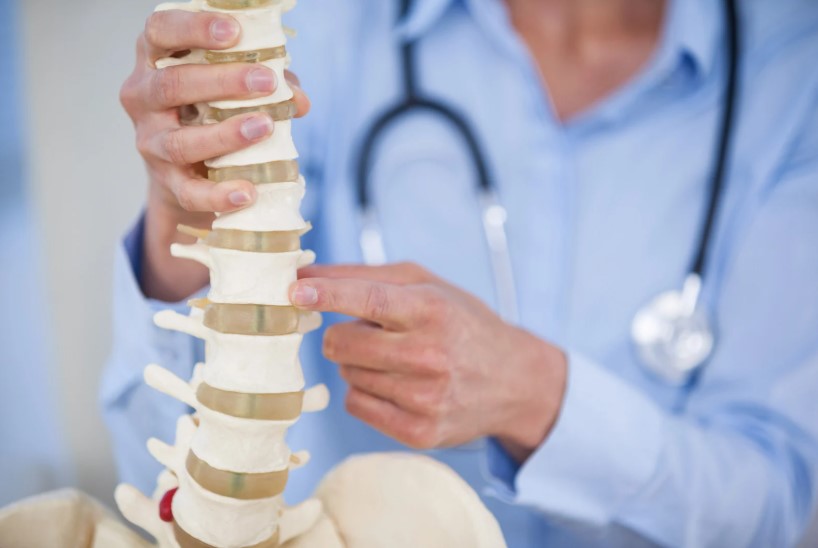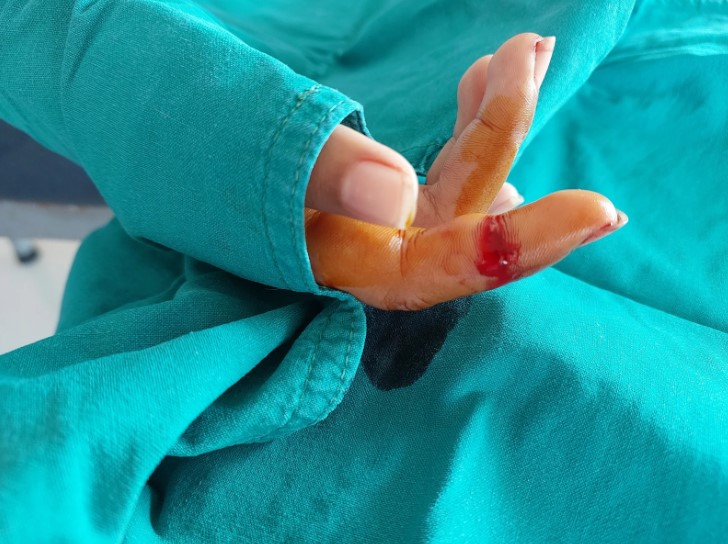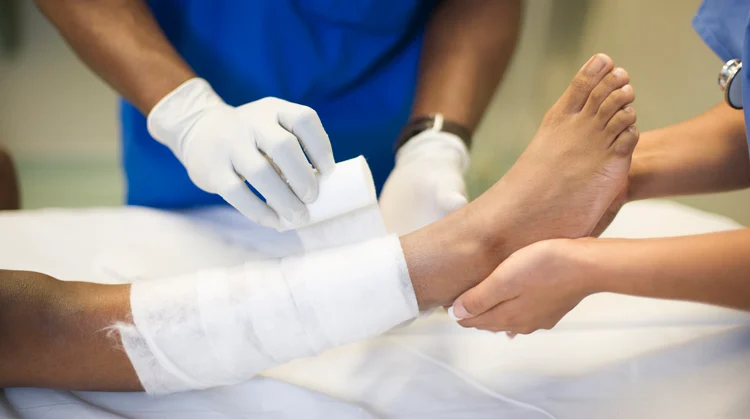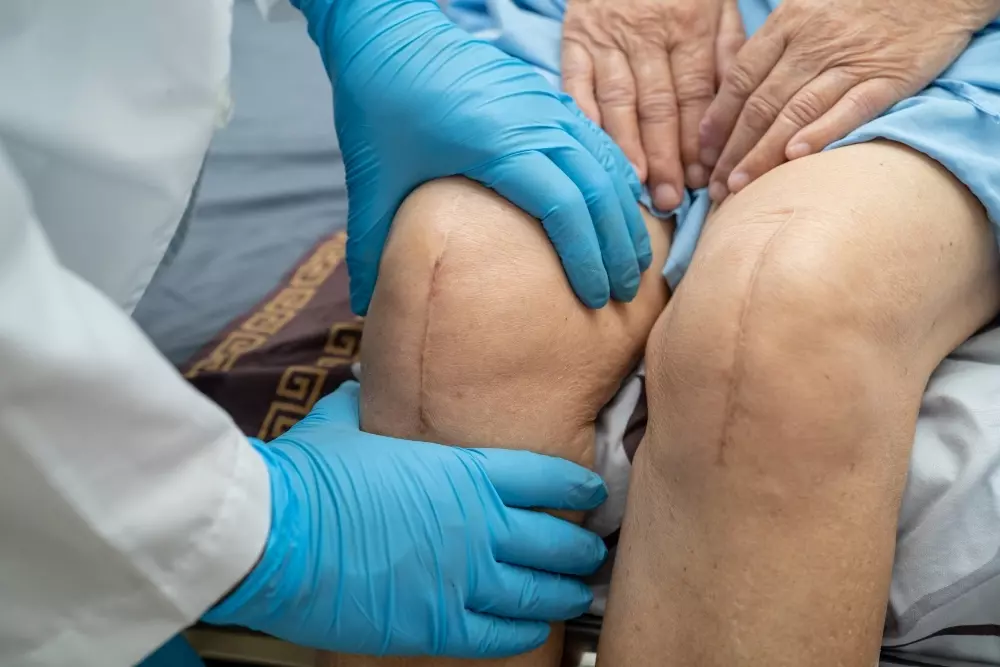Knee pain is a prevalent issue that affects people of all ages and backgrounds. Whether it’s caused by injury, overuse, or underlying conditions, knee pain can significantly impact daily activities and quality of life. Addressing knee pain early is crucial for effective management and preventing further complications. In this blog post, we’ll explore five common types of knee pain and how physiotherapy can play a vital role in providing relief and improving overall knee health.
Understanding Knee Pain:
The knee joint is a complex structure consisting of bones, ligaments, tendons, and cartilage, all working together to facilitate movement and support the body’s weight. Various factors can contribute to knee pain, including injury, arthritis, overuse, and poor biomechanics. Proper diagnosis by a healthcare professional is essential to determine the underlying cause of knee pain and develop an effective treatment plan.
Common Types of Knee Pain:
1. Patellofemoral Pain Syndrome (Runner’s Knee):
Patellofemoral pain syndrome, commonly known as runner’s knee, is characterized by pain around the patella (kneecap) during activities that involve bending the knee, such as running, squatting, or climbing stairs. It often results from overuse, muscle imbalances, or biomechanical issues. Physiotherapy interventions may include strengthening exercises, stretching, and biomechanical assessments to address muscle imbalances and improve patellar alignment.
2. Osteoarthritis:
Osteoarthritis is a degenerative joint disease that occurs when the protective cartilage covering the ends of the bones in the knee joint wears down over time. This can lead to pain, stiffness, and decreased mobility. Physiotherapy plays a crucial role in managing osteoarthritis by focusing on pain relief, improving joint mobility, and strengthening the surrounding muscles to support the knee joint.
3. Anterior Cruciate Ligament (ACL) Injury:
An ACL injury is a common knee injury, especially among athletes, resulting from sudden twisting or hyperextension of the knee. It often causes severe pain, swelling, and instability in the knee joint. Physiotherapy after an ACL injury aims to restore knee stability, improve range of motion, and strengthen the muscles around the knee through targeted exercises, manual therapy, and functional training.
4. Meniscus Tear:
A meniscus tear is a common knee injury that can occur due to sudden twisting or direct trauma to the knee joint. It often causes pain, swelling, and limited range of motion. Physiotherapy treatment for a meniscus tear may include exercises to strengthen the muscles around the knee, manual therapy to improve joint mobility, and activity modification to prevent further aggravation of the injury.
5. Iliotibial Band Syndrome (ITBS):
Iliotibial band syndrome (ITBS) is a common overuse injury that affects the iliotibial band, a thick band of tissue that runs along the outside of the thigh from the hip to the knee. ITBS typically causes pain on the outside of the knee during activities such as running or cycling. Physiotherapy interventions for ITBS may include stretching exercises, foam rolling, and addressing biomechanical factors contributing to the condition.
How Physiotherapy Can Help:
Physiotherapy plays a crucial role in the management of knee pain by addressing underlying biomechanical issues, improving muscle strength and flexibility, and promoting proper movement patterns. A physiotherapist will conduct a thorough assessment to identify the root cause of knee pain and develop a personalized treatment plan tailored to the individual’s needs. Treatment may include a combination of manual therapy, therapeutic exercises, modalities such as heat or ice, and patient education on self-management strategies.
Takeaway
Knee pain can have a significant impact on an individual’s daily life, but it doesn’t have to be a constant source of discomfort. By understanding the common types of knee pain and the role of physiotherapy in its management, individuals can take proactive steps to address their knee issues and improve their overall quality of life. Whether it’s through targeted exercises, manual therapy, or patient education, physiotherapy offers effective solutions for alleviating knee pain and restoring function.
Physiotherapy for knee pain isn’t just about managing symptoms; it’s about addressing the root cause. Trust in the expertise of your physiotherapist to guide you towards long-term relief.











